Activities like moon-viewing and hanging lanterns are popular in some Southeast and East Asian countries — as is the symbol of a rabbit on the moon. However, there are also many different local traditions in each country, according to Time .
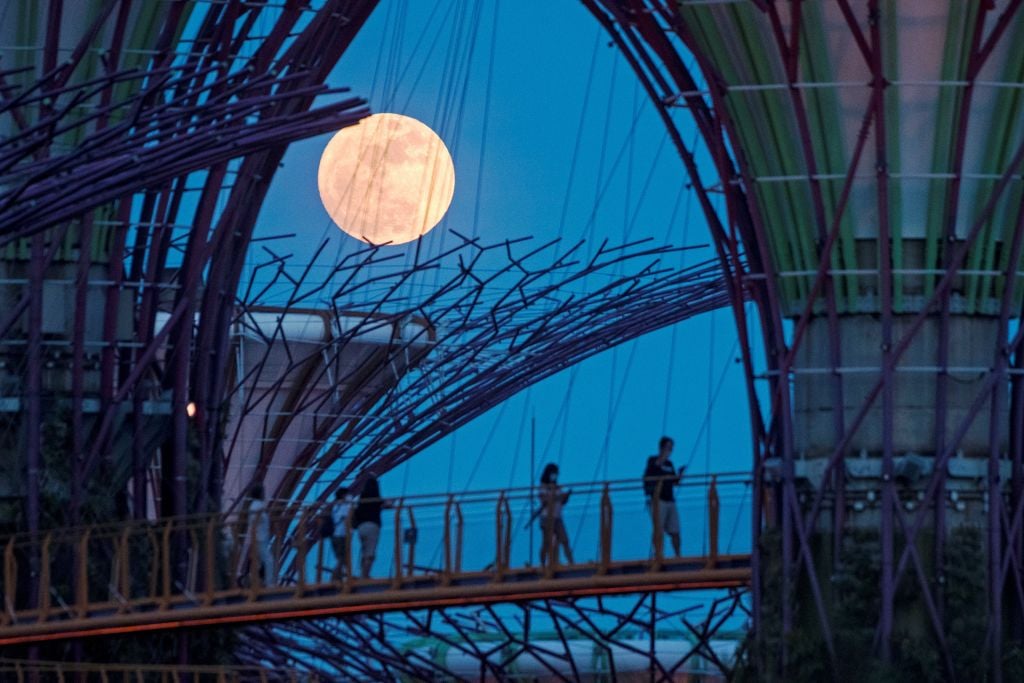
Full moon during Mid-Autumn Festival at Gardens by the Bay, Singapore
China
The legend of Chang'e's landing on the moon has long been associated with the Mid-Autumn Festival in China.
Legend has it that, long ago, the earth had 10 suns that burned the world . A famous archer named Hou Yi drew his bow and shot down 9 of the suns, saving humanity. For his heroic act, the gods gave him the elixir of immortality, which he entrusted to his wife, Chang'e, for safekeeping. However, one of his followers, Pang Meng, tried to steal the elixir while Hou Yi was hunting - so his wife swallowed it to avoid falling into Pang Meng's hands. She became immortal and flew to the moon, where she has lived ever since. In addition to Chang'e, the moon also has another resident: the Jade Rabbit.
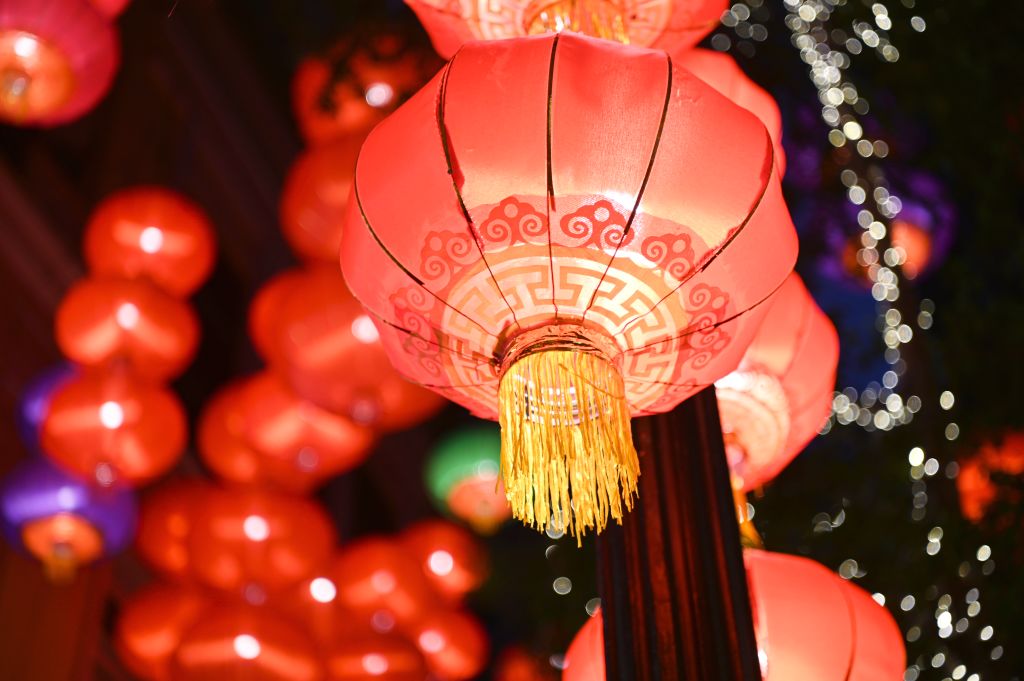
Lanterns are illuminated at Lee Tung Street in Hong Kong ahead of the Mid-Autumn Festival.
In Chinese tradition, the full moon symbolizes family reunion, so the Mid-Autumn Festival is a festival celebrated at home. People admire the moon and eat mooncakes with a variety of fillings, from the traditional salted egg yolk and lotus paste to modern versions filled with cream, fruit and custard.
Other foods eaten during the festival include taro (as its name in many Chinese dialects is a homophone for "good luck coming") and hairy crab, a seasonal delicacy.
Lanterns play an important role in the festival. Today, the old candle-lit paper lanterns are rarely seen. Most children carry battery-operated ones. Disposable glow sticks are also popular – prompting calls from environmentalists to limit their use.
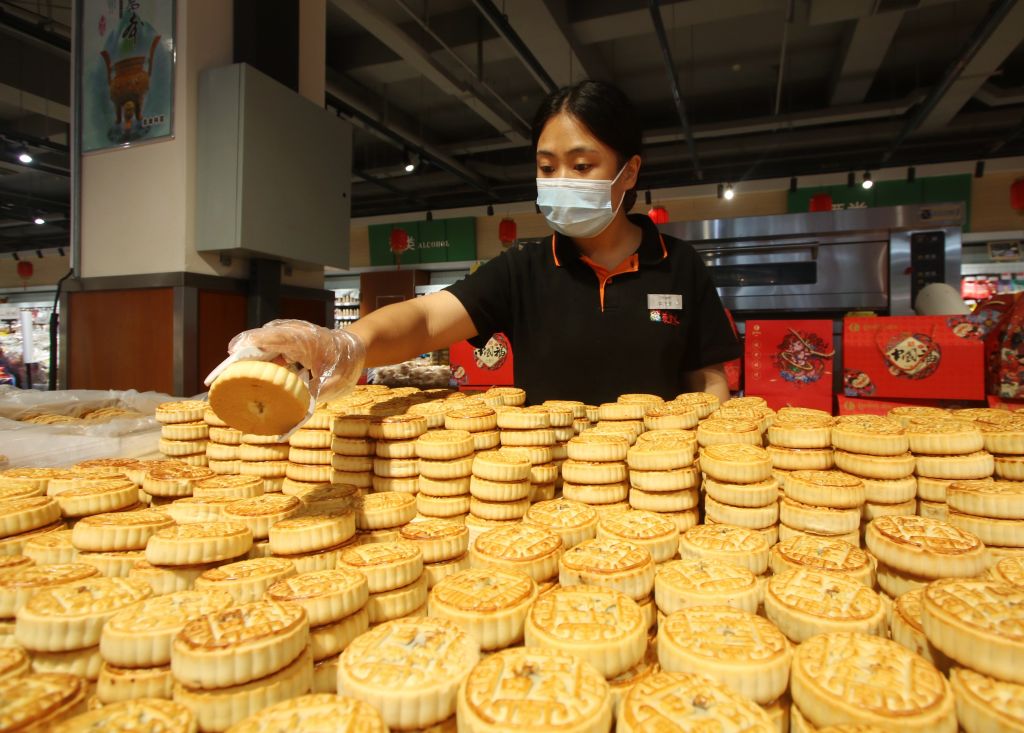
Employees arrange moon cakes at a supermarket in Handan, Hebei province, China as the Mid-Autumn Festival approaches.
Some regions have specific Mid-Autumn Festival customs. In Zhejiang province, eastern China, the Qiantang River tides attract many tourists. In Hunan province, Dong ethnic women have a custom of stealing vegetables because, according to legend, the moon goddess will rain "sweet dew" on them and whoever eats the vegetables will be healthy and happy.
Korea
Koreans celebrate Chuseok, also known as hangawi, during the harvest season. It is one of the country's biggest and most important holidays, along with Seollal, or Lunar New Year.
Many people return to their hometowns for family reunions and memorial services, called charye, for their ancestors. The day before and the day after are also public holidays in Korea, allowing people time to return home.
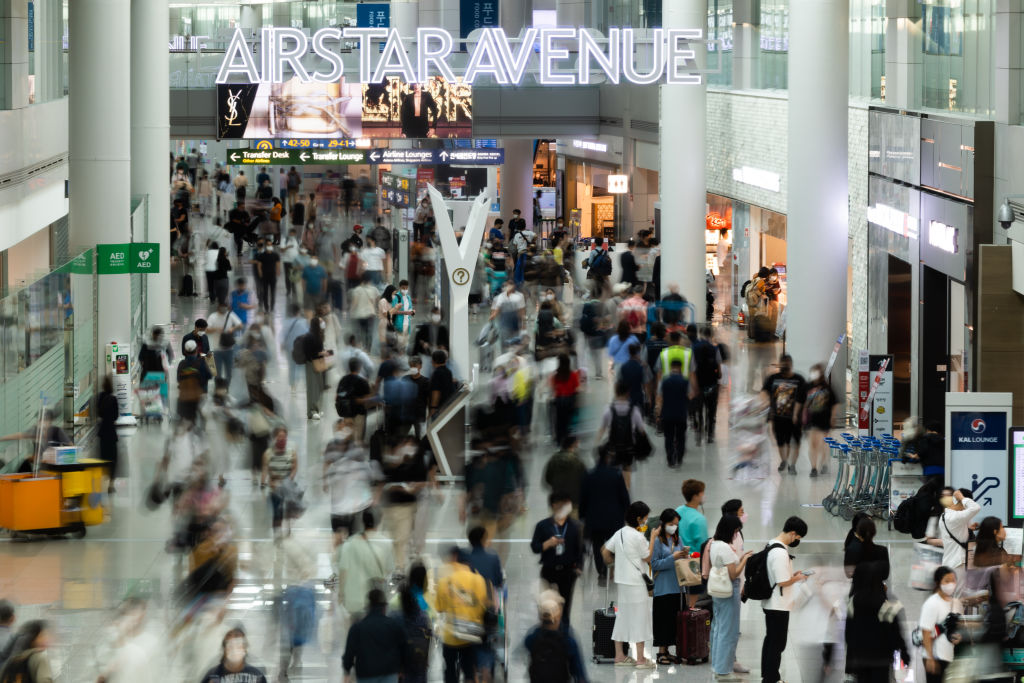
Korean people flock to go out to celebrate the Mid-Autumn Festival
At festival gatherings, Koreans eat songpyeon, a half-moon shaped rice cake with a sweet filling, as well as seasonal fruits and vegetables such as persimmons and chestnuts. They also enjoy a variety of entertainment, including ganggangsullae, a traditional circle dance. And of course, at night, people go out to admire the full moon, where they search for the moon rabbit, or daltokki. This creature is said to be visible on the moon's surface...
Japan
The Japanese celebrate Tsukimi, which means "moon viewing." Like the Koreans, people look for the moon rabbit, called tsuki no usagi in Japanese, when it performs its festive duty of making rice cakes (mochi).
The festival is said to have originated in Japan's Nara period (710-794). During the following Heian period (794-1185), Tsukimi became popular among the aristocracy. The moon-viewing party, often held on boats, involved drinking, music, and poetry. By the Edo period (1603-1868), the tradition had become widely popular.
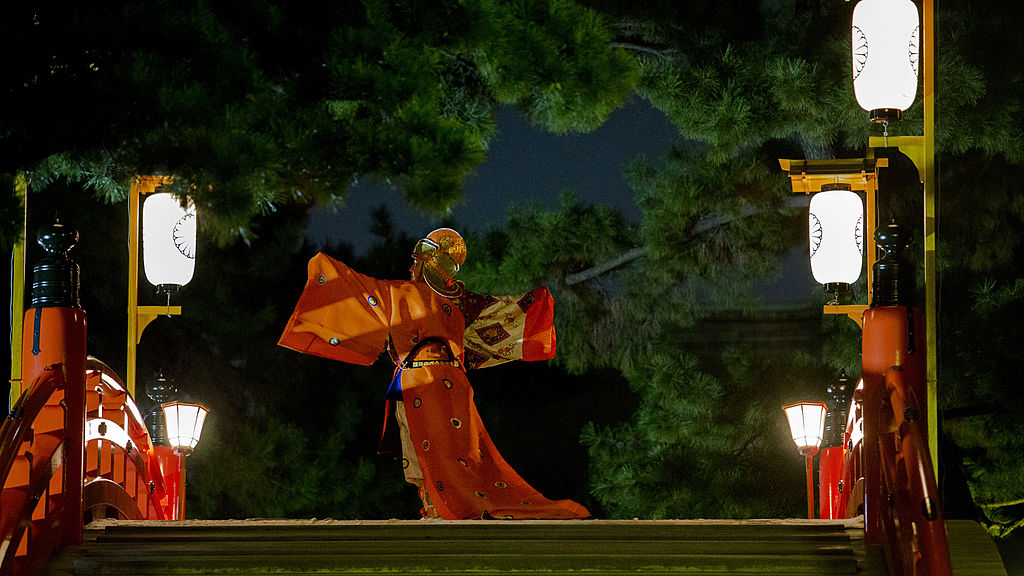
Dancers in Osaka, Japan, perform during the Sumiyoshi moon-viewing ceremony, held every year during the mid-autumn festival.
Traditionally, tsukimi is marked by decorating homes with pampas grass, symbolizing a bountiful harvest. Festival snacks include tsukimi-dango, round dumplings symbolizing health and happiness, and seasonal produce such as chestnuts and pumpkins. Eggs are also consumed because their oval white color recalls the full moon. Even fast food chains get in on the act, adding eggs to their burgers.
Singapore
About three-quarters of Singaporeans are of Chinese descent, so many Chinese Mid-Autumn Festival customs and traditions are also adopted in Singapore.
In the past, celebrations were concentrated in Chinatown, with goldfish and star-shaped lanterns hanging from shops on Temple Street and Smith Street. Traditional bakeries focused on selling mooncakes.
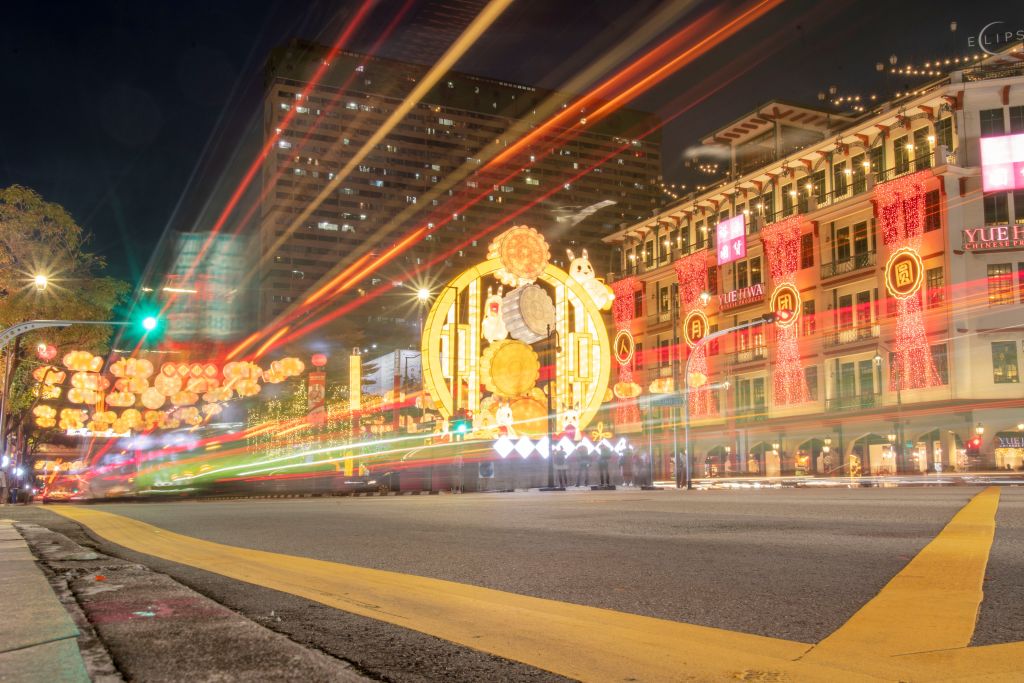
A neighborhood in Singapore is lit up with Mid-Autumn Festival lights.
Today, Singaporeans celebrate the Mid-Autumn Festival with lavish lantern displays across the city at places like Gardens by the Bay. The festival in Chinatown is also bigger than before, with the area transformed into a bustling market with temporary stalls selling decorations and festive snacks. There are also lantern-painting competitions and live performances.
Vietnam
Vietnamese people also call Mid-Autumn Festival Children's Festival.
A popular story associated with the festival is about a woodcutter named Cuoi, who followed a magical banyan tree to the moon. Vietnamese people say that Cuoi can be seen under the tree during a full moon. During the festival, children holding lanterns – which are believed to help guide Cuoi back to earth – take to the streets and watch lion dances.
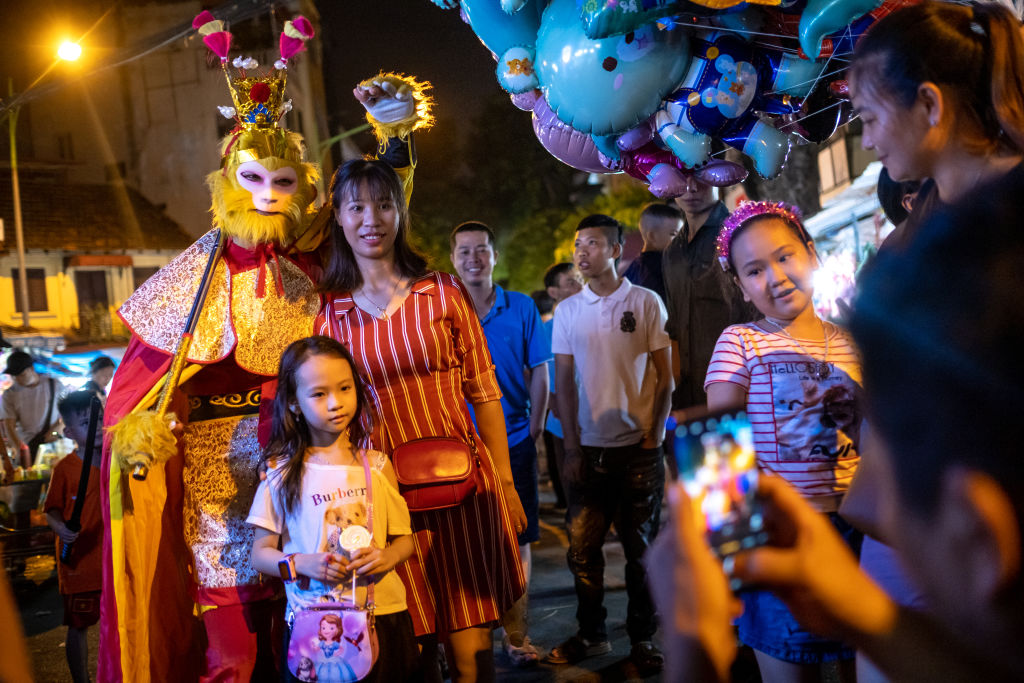
People take photos with Sun Wukong on the streets of Hanoi
Families celebrate the Mid-Autumn Festival by displaying cakes and fruit trays, symbolizing filial piety, in front of the family altar. Moon cakes are also a staple food in Vietnam during this occasion and come in two varieties: baked cakes and sticky rice cakes.
Mid-Autumn Festival program for orphans due to Covid pandemic
Source link


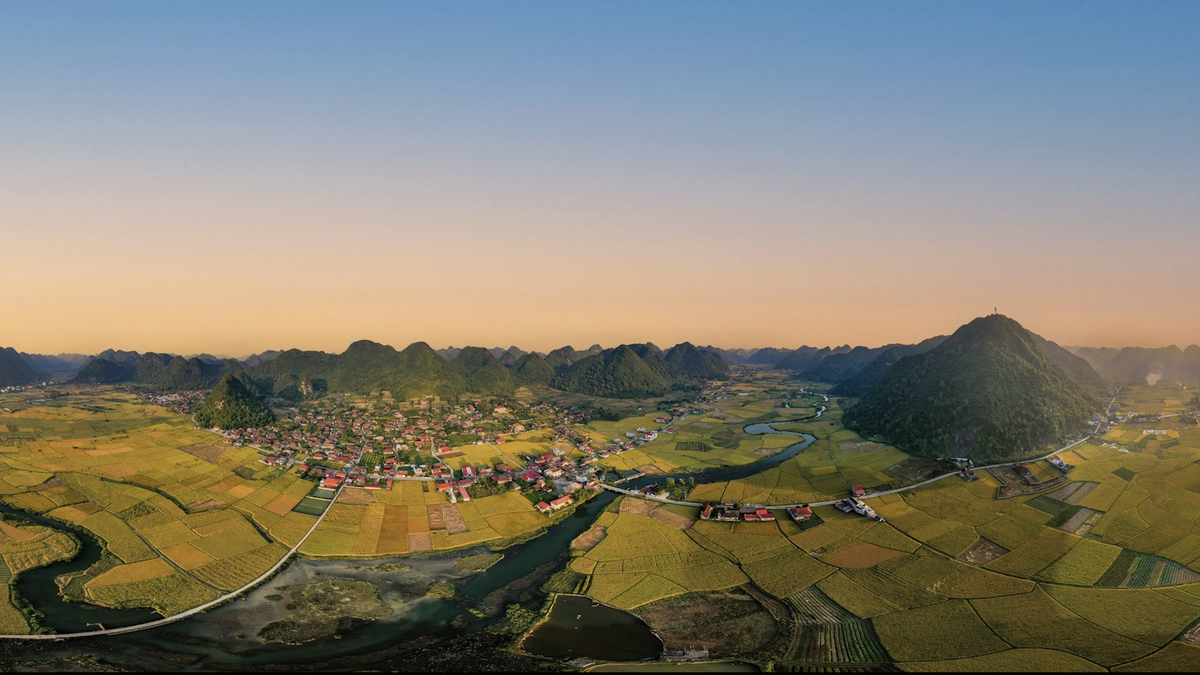
![[Photo] General Secretary To Lam received the delegation attending the international conference on Vietnam studies](https://vphoto.vietnam.vn/thumb/1200x675/vietnam/resource/IMAGE/2025/10/26/1761456527874_a1-bnd-5260-7947-jpg.webp)


![[Photo] Enjoy the Liuyang Fireworks Festival in Hunan, China](https://vphoto.vietnam.vn/thumb/1200x675/vietnam/resource/IMAGE/2025/10/26/1761463428882_ndo_br_02-1-my-1-jpg.webp)
![[Photo] Nhan Dan Newspaper displays and solicits comments on the Draft Documents of the 14th National Party Congress](https://vphoto.vietnam.vn/thumb/1200x675/vietnam/resource/IMAGE/2025/10/26/1761470328996_ndo_br_bao-long-171-8916-jpg.webp)
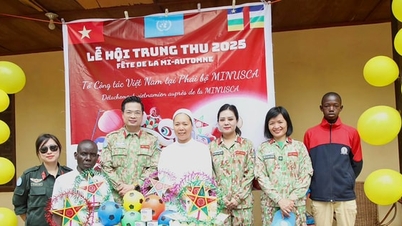









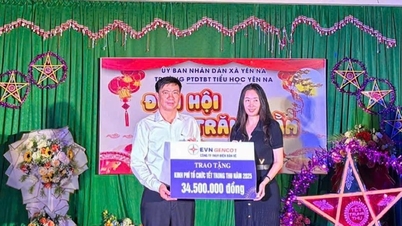

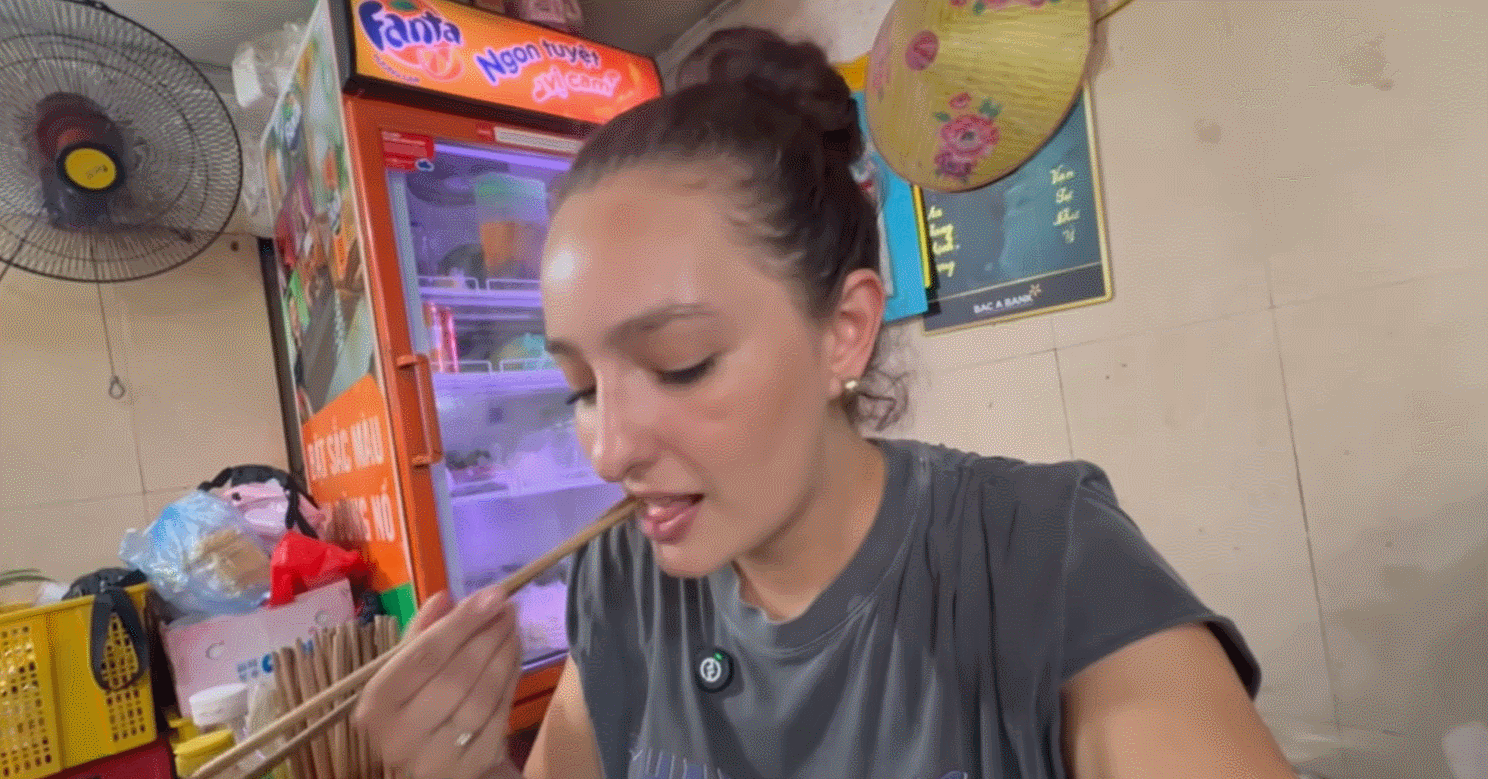

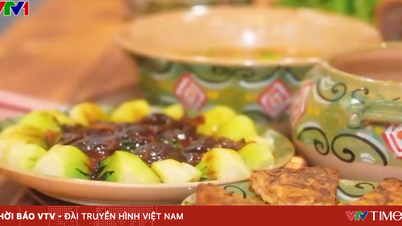

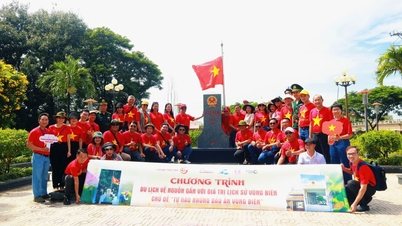

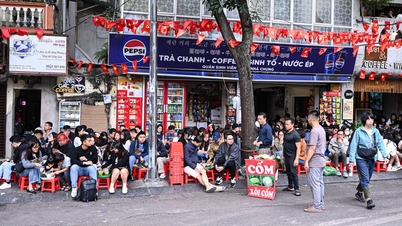
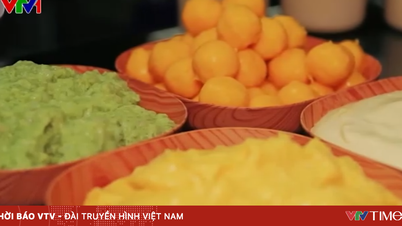




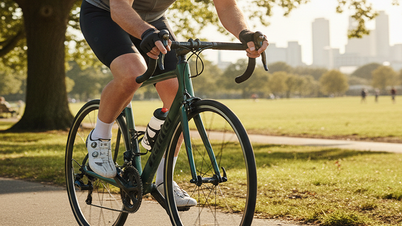
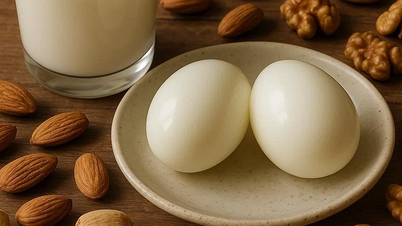
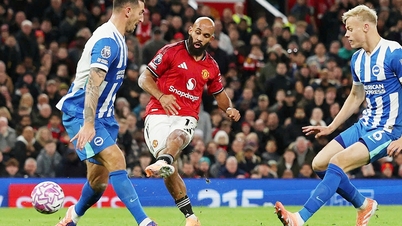

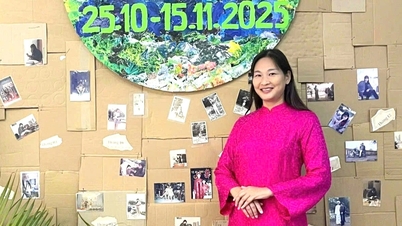
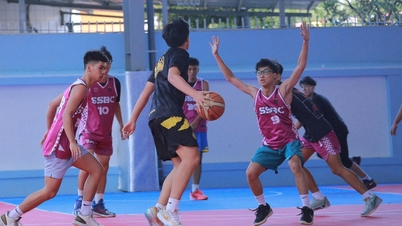
![[Photo] Prime Minister Pham Minh Chinh attends the opening of the 47th ASEAN Summit](https://vphoto.vietnam.vn/thumb/1200x675/vietnam/resource/IMAGE/2025/10/26/1761452925332_c2a-jpg.webp)

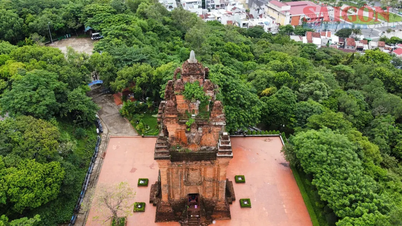







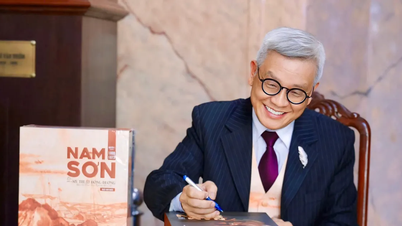




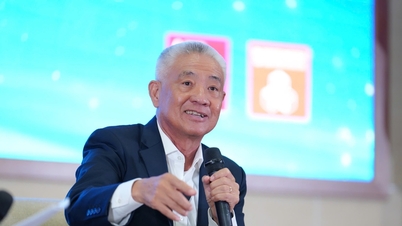
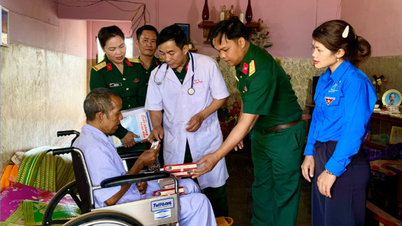




















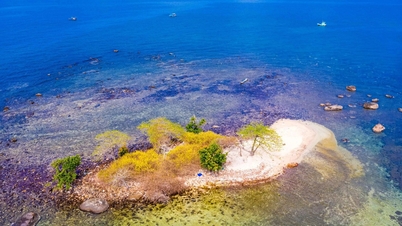
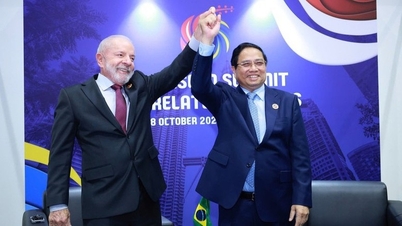
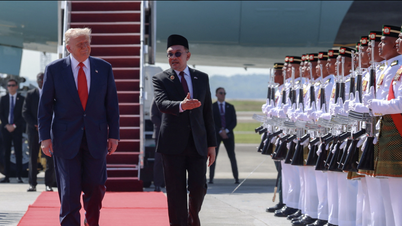
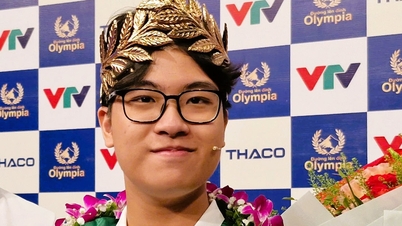
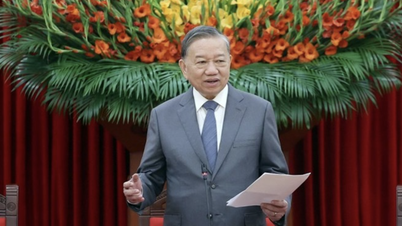

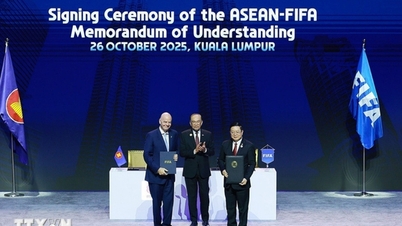

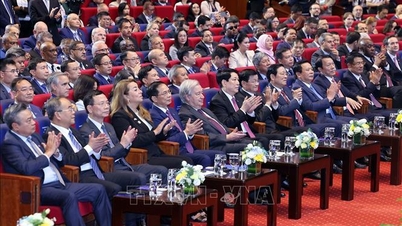

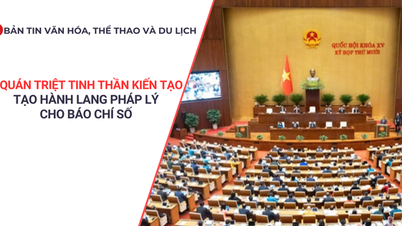
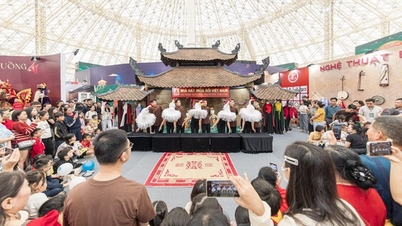
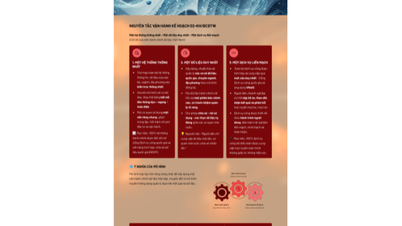


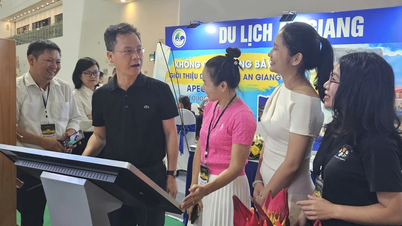

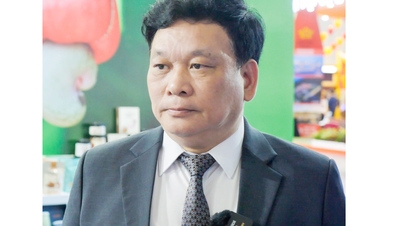

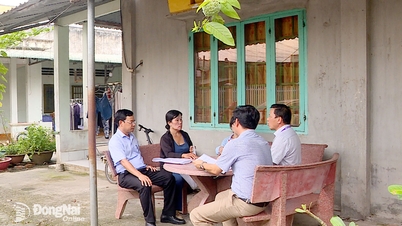
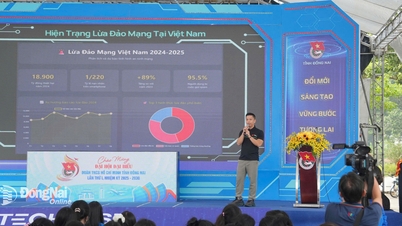
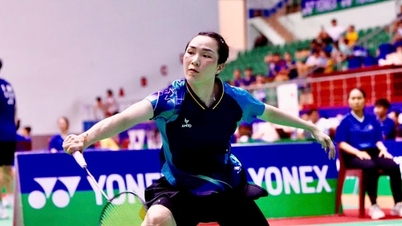











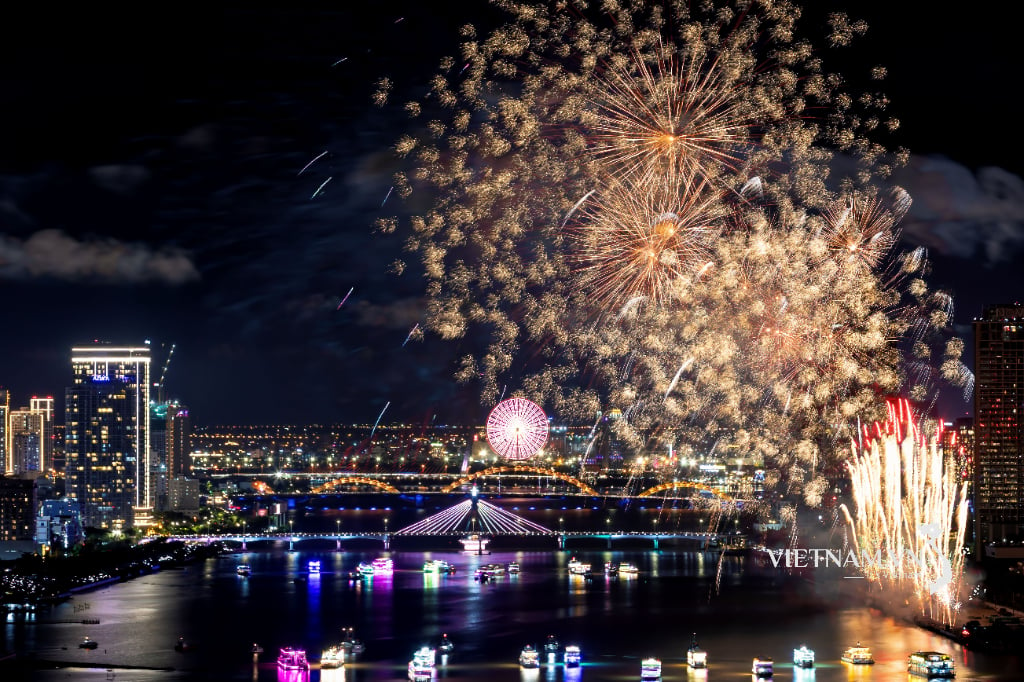

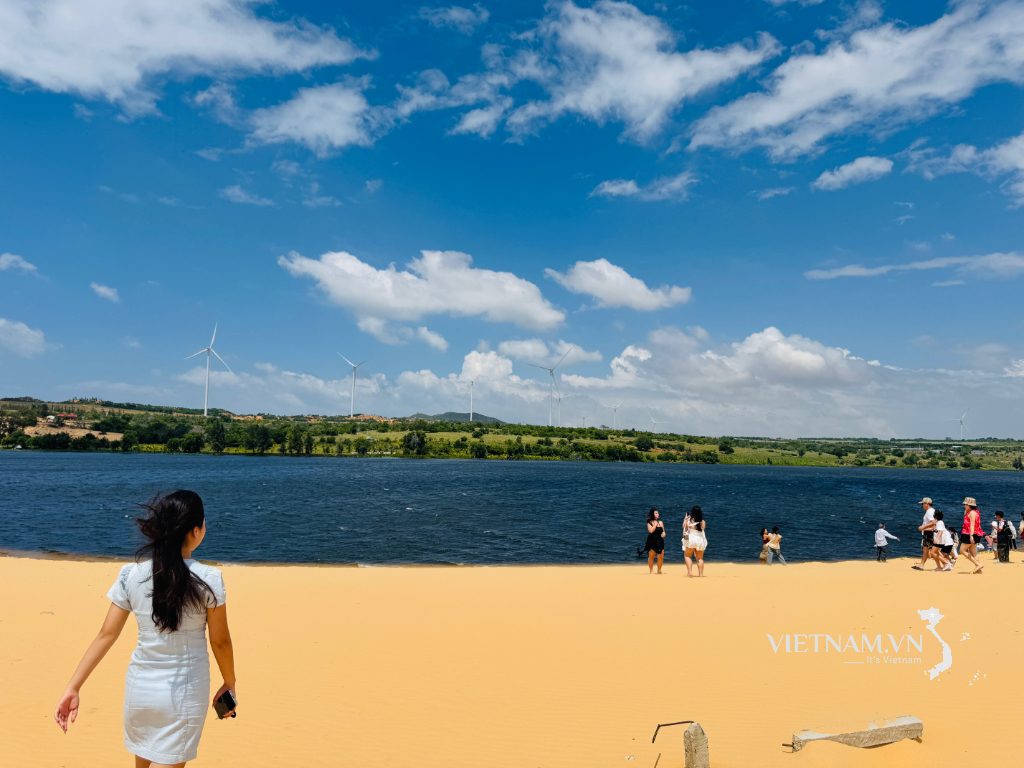

Comment (0)